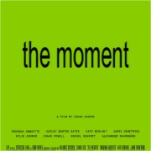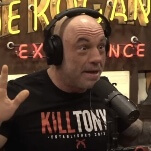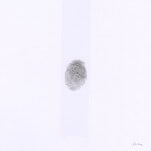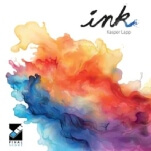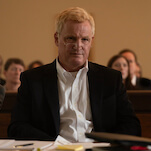“Silence=Death” was the motto the HIV/AIDS activist group ACT UP emblazoned on its T-shirts and signage, evoking not only the government’s tardy response to the epidemic, but the six quiet years before the organization emerged from Greenwich Village to fight the disease. Before then, those infected with AIDS could expect simply to die—and even after ACT UP was created, many of its largely HIV-positive members darkly assumed that they would not live to see a cure. Drawing on a wealth of footage from inside ACT UP meetings and protests, David France’s powerful documentary How To Survive A Plague pays tribute to their courage and relentlessness, but it’s even better as a record of the tactics of effective activism. Beyond the staging of public confrontation—disrupting a service at St. Patrick’s Cathedral in 1989, say, or putting a giant condom over Jesse Helms’ house—ACT UP brought a scalpel to drug research and approval processes, making certain its members had a seat at the table.
Keeping a running annual tally of the escalating number of people who died of AIDS since the year ACT UP was founded, How To Survive A Plague conveys the urgency of activists who were fighting for their lives. Based on the footage shown here, the anger at the indifference or hostility directed toward HIV-positive people was palpable in the room, but there was a tremendous amount of thought put into how to direct it. France devotes equal time to the group’s most vocal activists, like Larry Kramer and the late Bob Rafsky—the latter of whom famously provoked Bill Clinton to say “I feel your pain”—and the members of the Treatment And Data Committee who wore suits and pressed the FDA and the NIH toward rapid, effective treatment.
As the Treatment And Data Committee spun off into a separate organization called Treatment Action Group (TAG), there was perhaps inevitable—though nonetheless agonizing—suspicion within ACT UP that TAG was too entrenched in Washington to represent their interests. The development of an effective drug cocktail smoothed over these internal battles considerably, but the years just before the breakthrough were dark, with the fractiousness dovetailing with the increasing death toll. Produced with sensitivity and a clear, dramatic recalling of events, How To Survive A Plague feels like an occasion for reconciliation, an acknowledgment that agitators like Kramer and Rafsky smashed down doors and put TAG in a position to effect change. It’s a lesson in how a great activist group can get the job done with passion and politics.




















